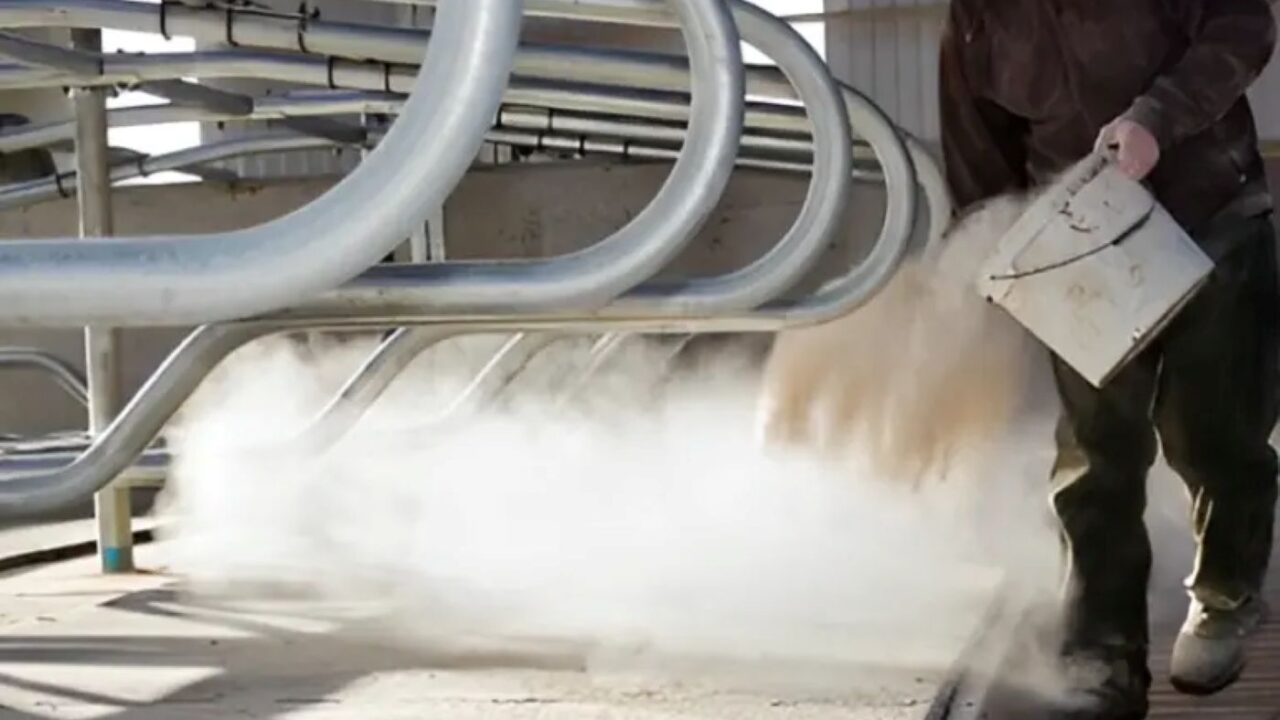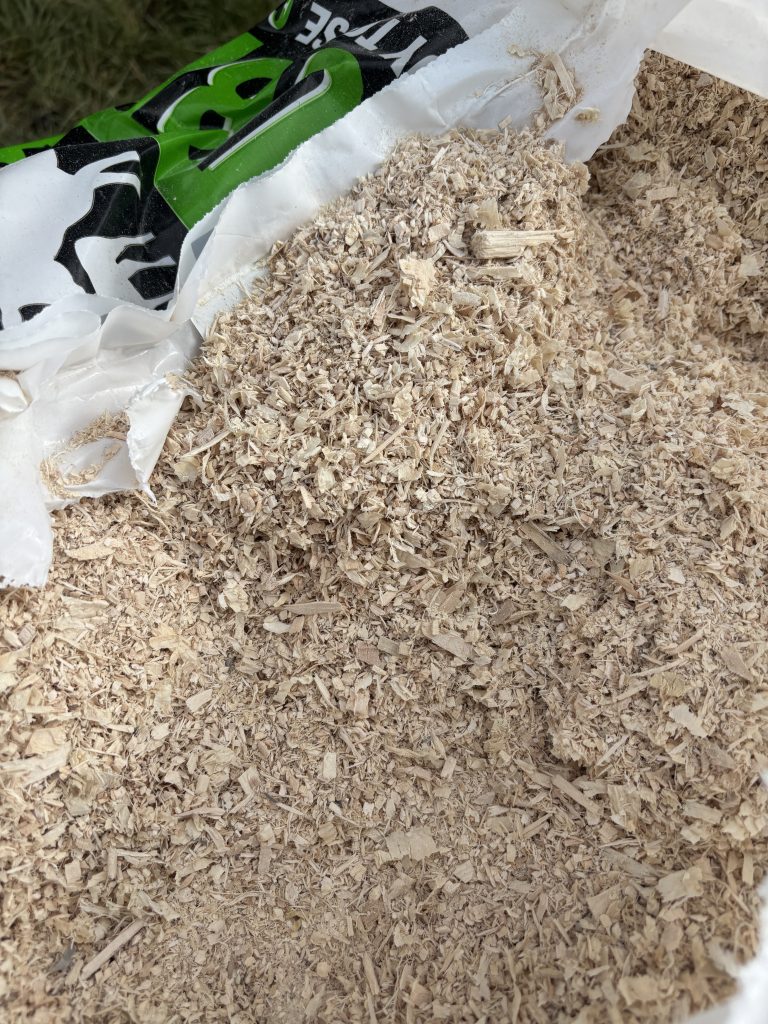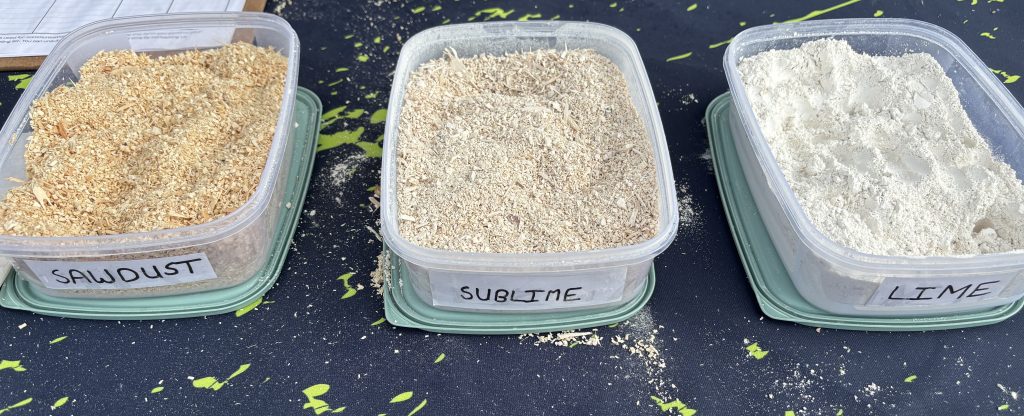Mastitis is considered to be one of the most costly diseases in dairy, with farmers continuously working to prevent the scourge from running through their herd.
Mastitis is the inflammation of the mammary gland in cows, caused by bacteria which enters the the teat canal and moves up to the udder where it multiplies and causes an infection.
As the cow’s immune system fights the infection, somatic cell count (SCC) will rise.
There are two main types of mastitis, contagious mastitis (Staph. aureus and Strep. agalactiae) and environmental mastitis (Strep. uberis and E. coli).
The majority of mastitis cases on Irish dairy farms are seen before calving or within the first few weeks, as the cow’s immune system is low and environmental conditions are poorer, given our climate.
Tackling mastitis
With both spring and autumn calving, conditions are often too poor to get cows out to grass, therefore good bedding practices are essential in the effort to prevent mastitis.
The majority of Irish farmers use lime to bed cubicles, as it is an effective product to control bacteria counts.
Lime increases the pH of the cubicle bed surface by acting as a buffer, suppressing bacterial growth.
It also soaks up moisture, which prevents the growth of bacteria as well.
However, in wet conditions, bacterial growth becomes rapid and this can quickly result in large bacterial populations forming on teats despite lime applications.
Most farmers primarily use hydrated lime, ground limestone, or a mixture of the two.
However, a Northern Ireland company has come up with an innovate idea to prevent the disease.
Sawdust and lime
The Co. Antrim-based company Doherty Group is producing a product called Sublime, which the company has said is helping to improve cubicle hygiene drastically.
The product is a formulation of 20% gentle lime mixed with 80% dried softwood sawdust.
Many farmers are already using sawdust in addition to hydrated lime to reduce moisture in cubicles. However, the Sublime mix allows for non-intensive application of both at once.
By drying the sawdust, the mix is also lighter, which is said to help to combat labour intensity, while also improving moisture absorption abilities.
Not only does sawdust improve moisture absorption, it prevents dung from sticking to animals. It also acts as a cushion for the animals, which encourages rest time and therefore promotes milk production and reduces lameness.
Application
Farmers are advised that dusting of liming and sawdust products should be carried out daily for maximum efficiency in terms of hygiene.
All soiled material should be cleaned out of the cubicles before applying a thin, but even, layer of product.
For solely lime, farmers are recommended to use 50kg/cow for a five-month winter, or a1t bag for 20 cows over the period.
For mixed products, the advice is to refer to your supplier to calculate the needed volume based off cubicle sizes.
Farmers should also weigh the daily amount by the bucket to ensure correct applications are going out for optimum results.
It is also extremely advisable for farmers to wear a mask, goggles, and gloves when dusting, as lime can be harmful to the eyes, hands, and lungs.
Some other simple tips for dusting include having dedicated lime storage points near cubicles, fitting brisket boards as a cleanliness and cost effective technique, or investing in liming or cleaning machines.



